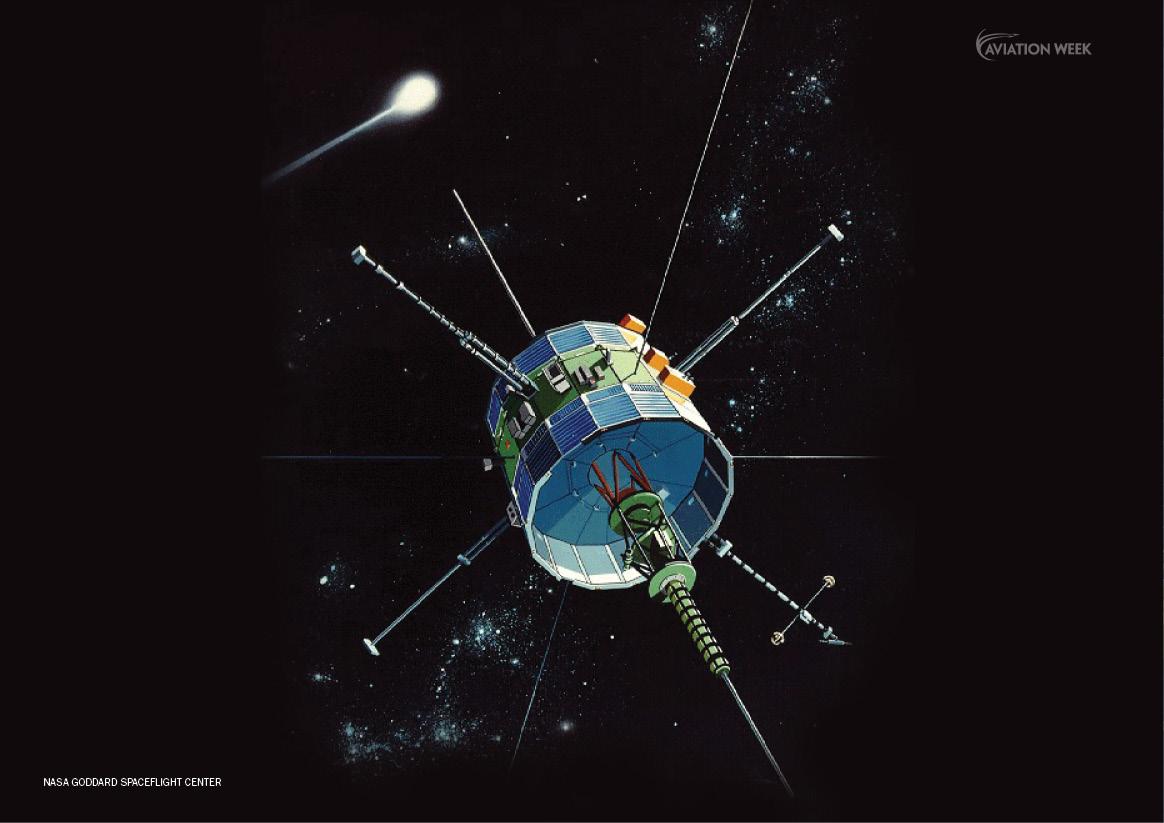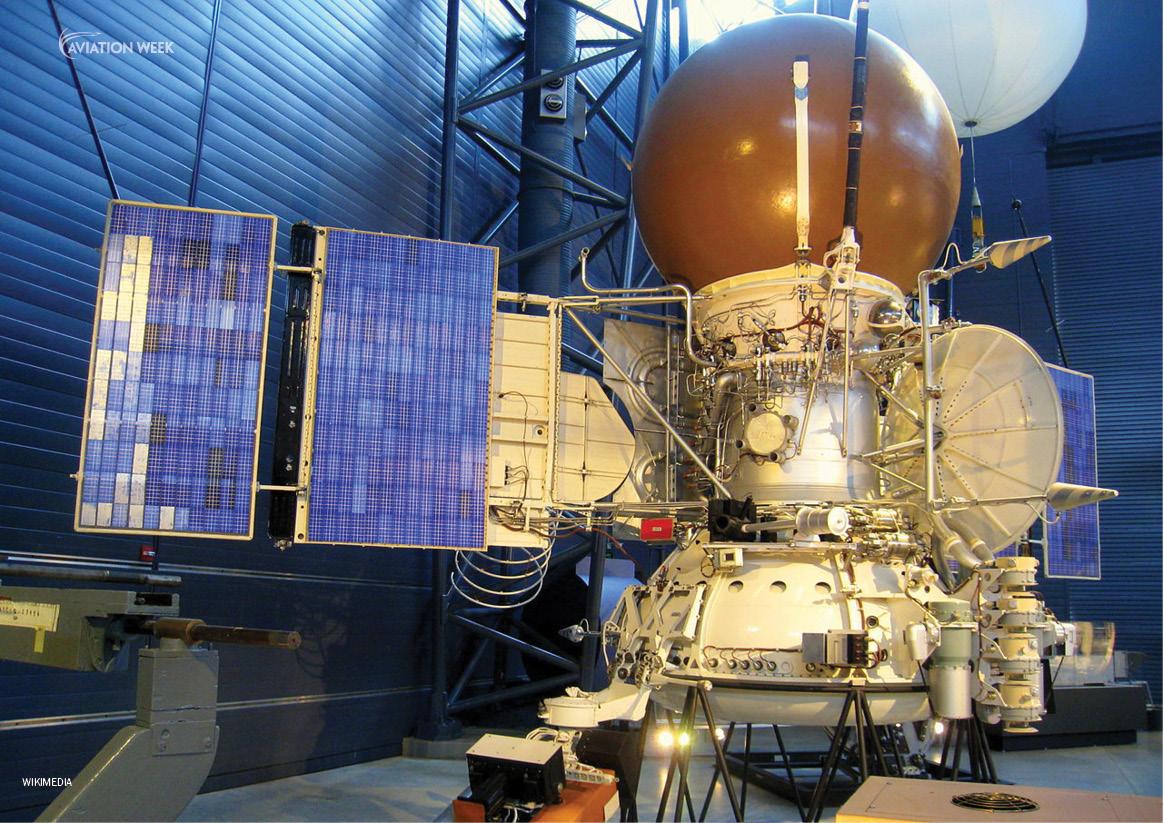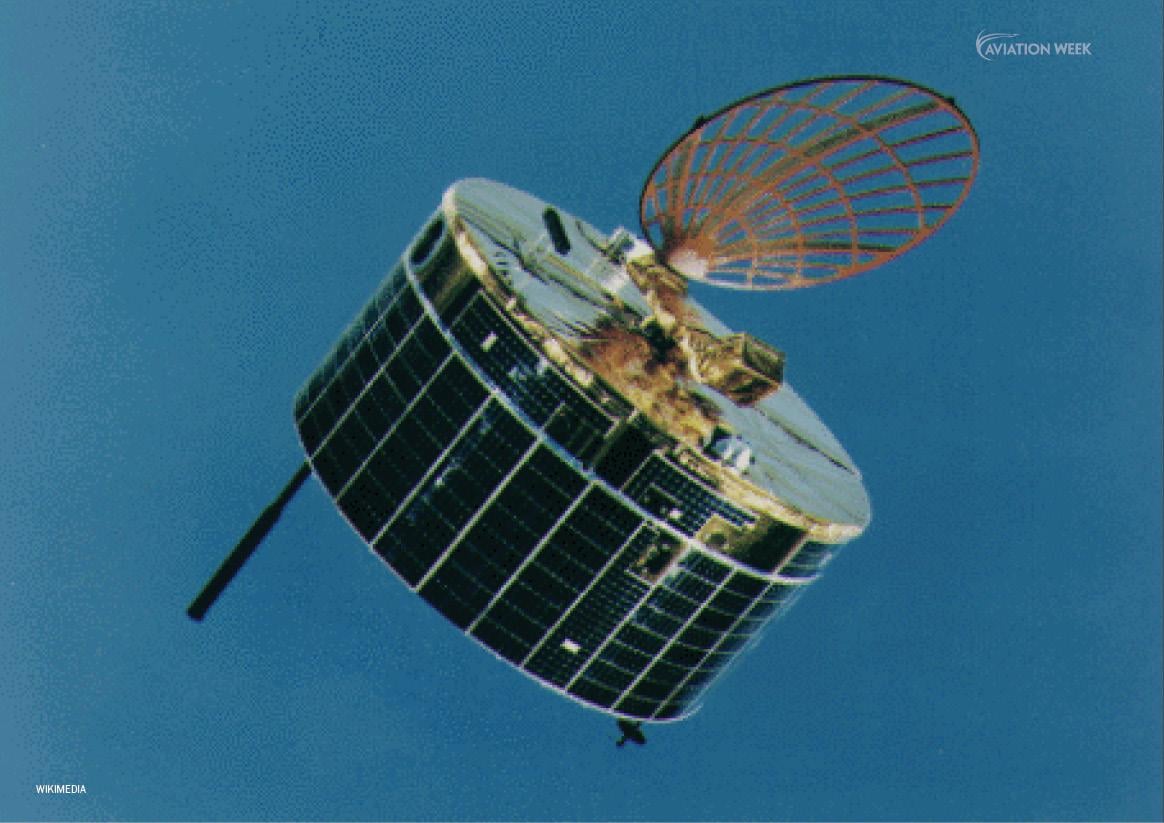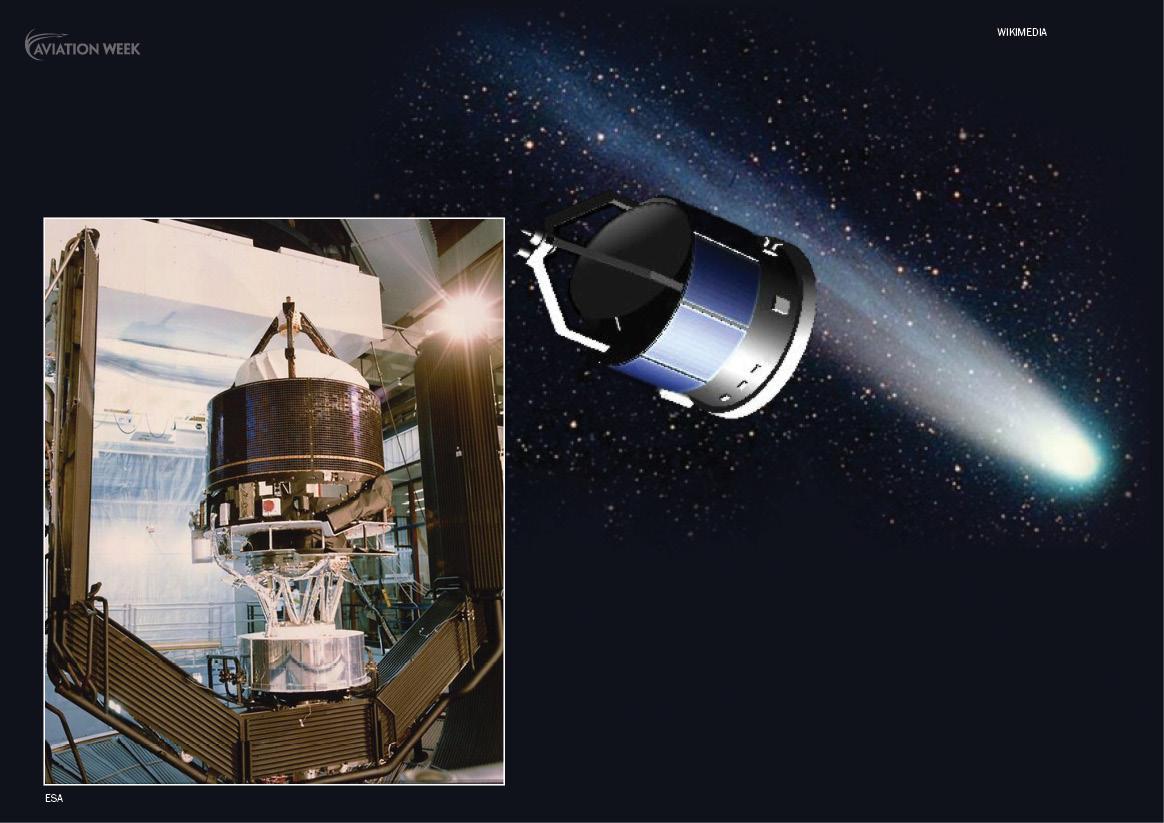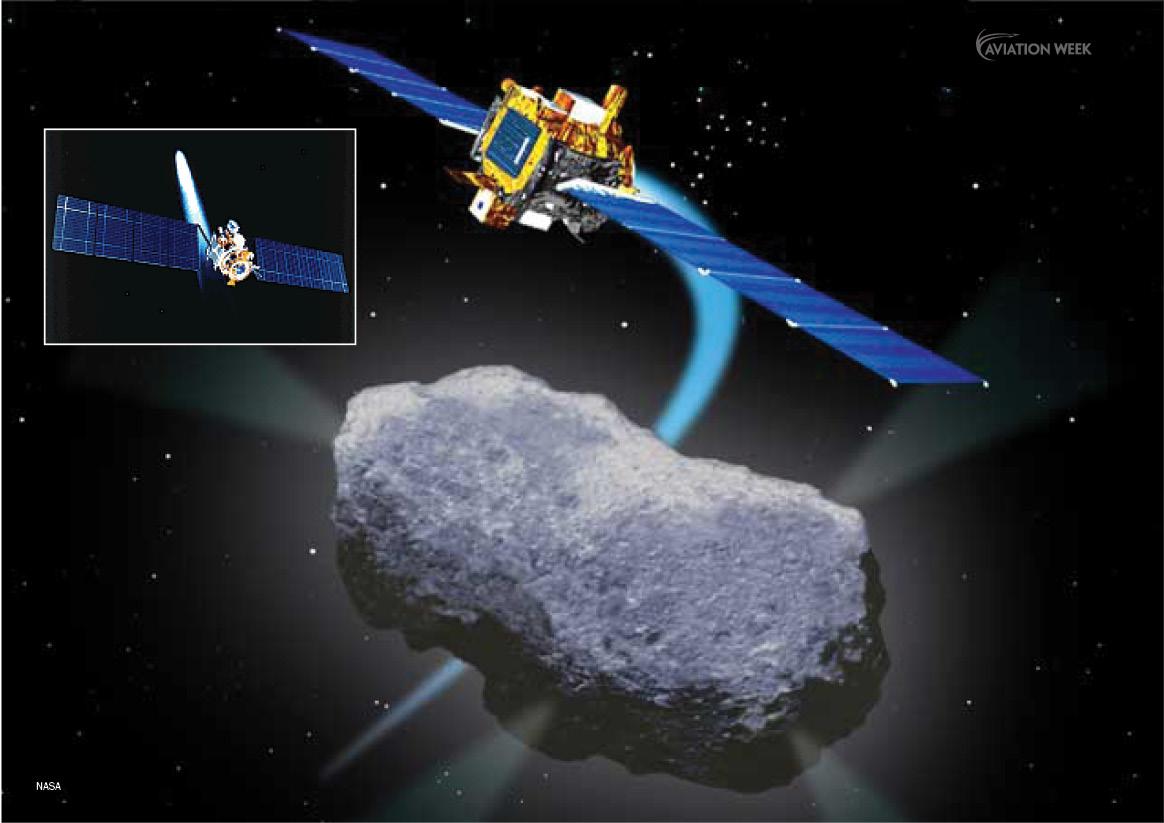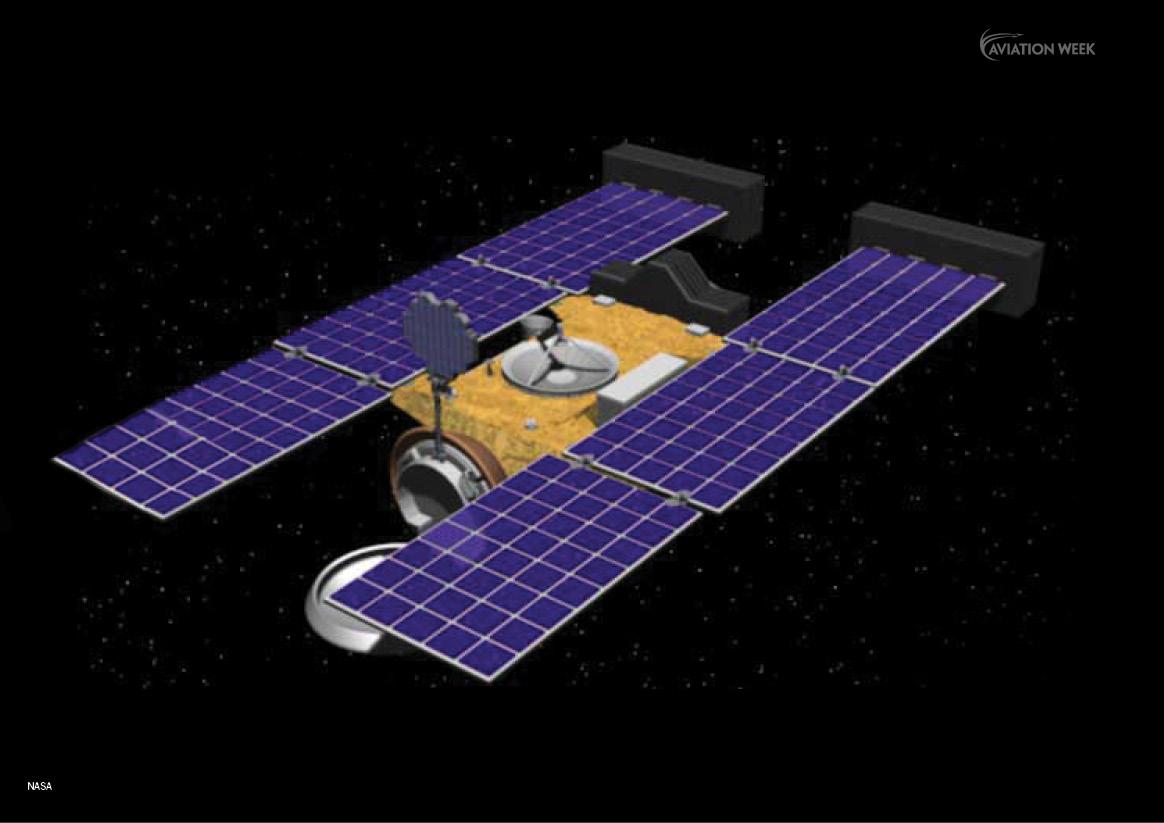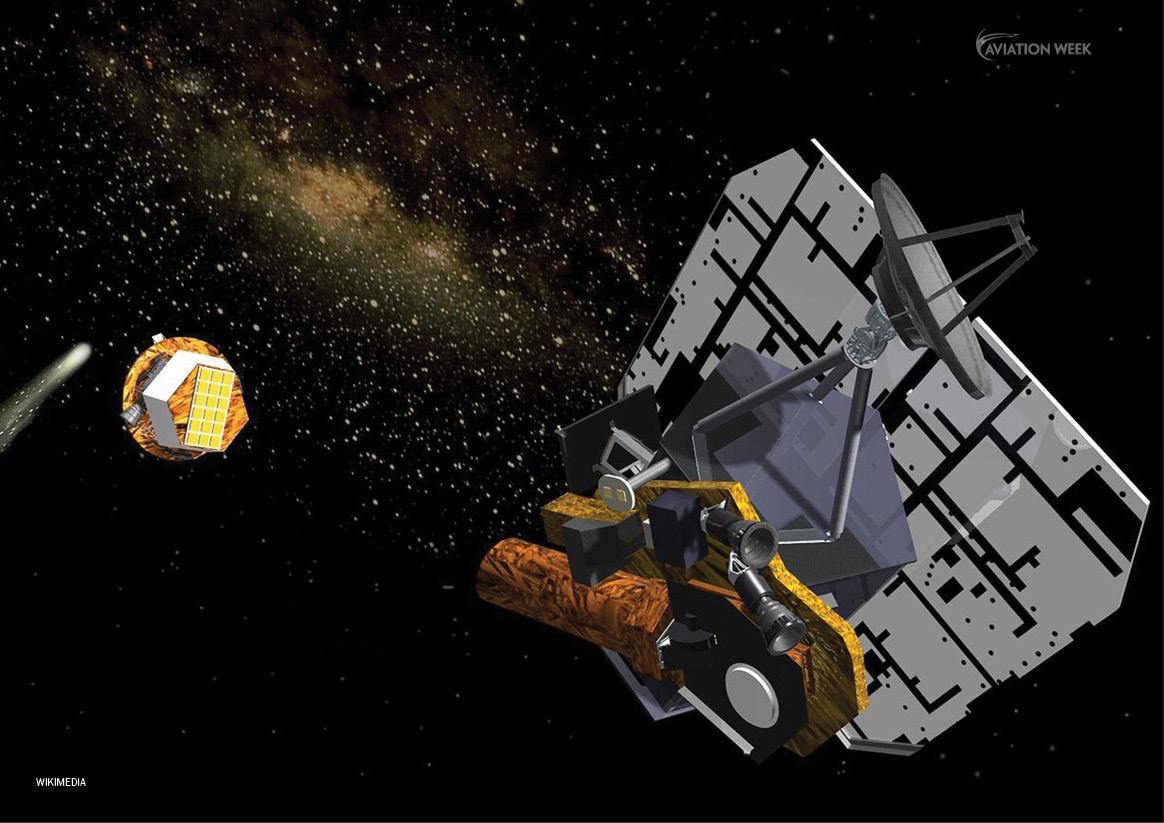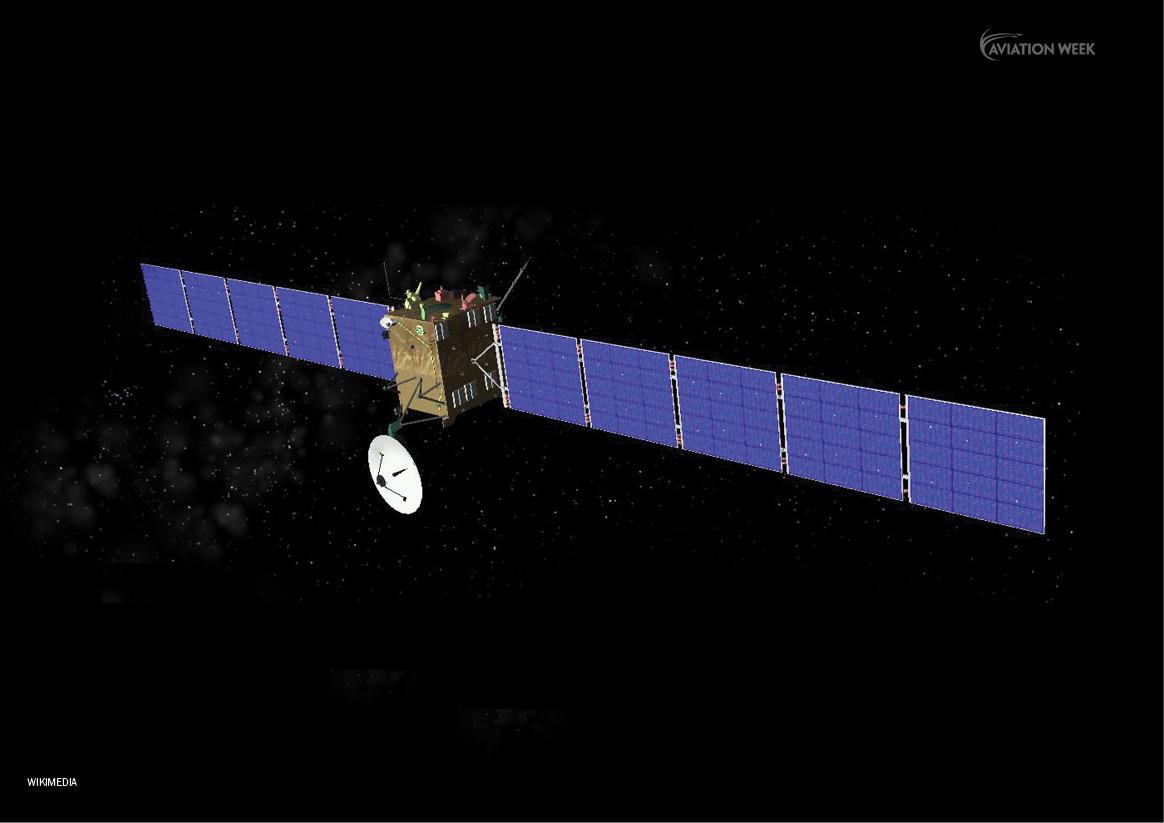A Brief History of Comet Exploration
November 14, 2014Rosetta is the first mission designed to orbit and land on a comet. The €1.4 billion exploration campaign, the first to undertake a lengthy exploration of a comet at close quarters, builds on the first fly-bys of comets in the 1980s led by NASA, ESA, Russia and Japan.
